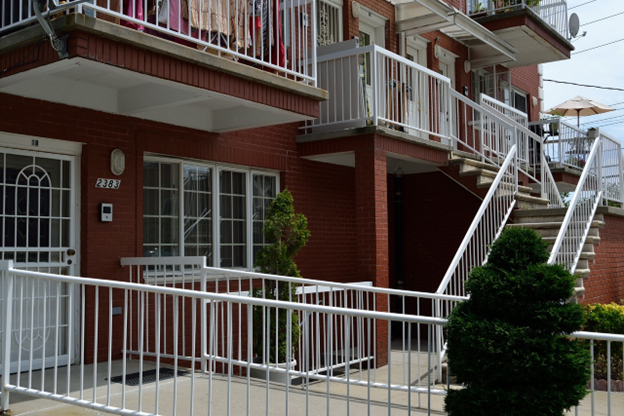The build-to-rent model for housing development has gained popularity in recent years. However, some common misconceptions around build-to-rent often lead to confusion. Build-to-rent has distinct attributes that separate it from traditional housing. Clearing up some of the key misunderstandings can help provide clarity on what build-to-rent communities entail.
Build-To-Rent Is Just Big Apartment Blocks
Table of Contents
A common assumption is that build-to-rent equates to rows of impersonal, crowded apartment complexes. In reality, build-to-rent encompasses thoughtfully designed communities ranging from urban high-rises to low-density suburban neighborhoods. Many feature amenities like gyms, pools, lounges, and outdoor spaces to foster a sense of community. Unit types can include apartments, townhouses, and detached homes to accommodate diverse needs. While often multi-family, build-to-rent neighborhoods aim to provide an engaging lifestyle experience with spaces that bring residents together.
It Lacks Amenities And Services
Another misconception is that build-to-rent communities lack amenities or services. However, thoughtful amenities are hallmarks of quality build-to-rent. Features like fitness centers, clubhouses, pools, and playgrounds cater to residents of all ages and lifestyles. Some also offer conveniences like package concierge, dry cleaning pick-up, electric vehicle charging, and pet services. Dynamic programming like fitness classes and live music events also brings residents together regularly. Build-to-rent occupants enjoy tailored amenities and conveniences that enhance the living experience.
Units Are Poorly Constructed
Some assume rental residences will be cheaply made with little care or customization compared to owned homes. However, reputable build-to-rent developers pride themselves on building high-quality homes meant to last. Units feature contemporary finishes like granite counters, stainless appliances, luxury flooring, and smart home technology. Durable materials and distinctive touches provide both livability and visual appeal. Thoughtful construction ensures appliances, fixtures, and components serve residents’ needs for years before replacement is needed. Build-to-rent homes balance quality construction with reasonable affordability. The build-to-rent explained properly highlights its capabilities for quality and community when executed strategically.
Lengthy, Inflexible Lease Terms
While traditional year-long leases were once the norm, build-to-rent landlords increasingly offer flexible lease lengths. Options like six or nine-month terms allow mobility. Leases may also include amenities and utilities to simplify costs into a single payment. Shorter commitments, rent inclusion, and convenient renewals or extensions provide the stability of leasing with less rigidity. Build-to-rent leases can adapt to match residents’ lifestyles and circumstances.
Minimal Management Support
Build-to-rent communities actually strive to provide responsive, dependable support for residents’ needs. On-site property managers and maintenance teams work to resolve issues promptly. Many provide 24/7 emergency response and preventative maintenance programs. Streamlined systems like online portals facilitate service requests, payments, communications, and more. Regular community surveys, social events, and open forums also contribute to constantly improving the living experience based on resident feedback. Property management plays a crucial role in optimizing satisfaction.
It Only Appeals To Younger Renters
Build-to-rent is often misperceived as catering only to young professionals and students. However, these communities aim to serve diverse demographics. Thoughtful amenities and programming appeal to young families, empty nesters, seniors, and a mix of ages and lifestyles. Flexible layouts work for roommates, couples, multi-generational families, and professionals seeking comfortable community living. When executed well with inclusive features and activities, build-to-rent offers broad appeal across age groups.
Limited Customization
There is often an assumption that renters cannot customize their homes in build-to-rent communities. However, depending on guidelines, many landlords do allow residents to put their personal stamp on their units. Painting accent walls, mounting TVs securely, installing additional smart technology, and bringing in custom furnishings help make build-to-rent units feel like home. Some may permit additional approved renovations or offer special amenities by request. Build-to-rent tenants are not as limited in personalization as commonly believed.
No Investment Appreciation
A drawback of renting is believed to be a lack of home value appreciation over time. Yet while renters cannot gain equity, build-to-rent residences may actually increase in valuation from community improvements, surrounding development, and increased demand over the years. Higher property value allows landlords to enhance amenities further. So, while indirect, build-to-rent tenants may benefit from rising appreciation of their communities through upgrades. Renters contribute to the neighborhood’s ongoing growth.

